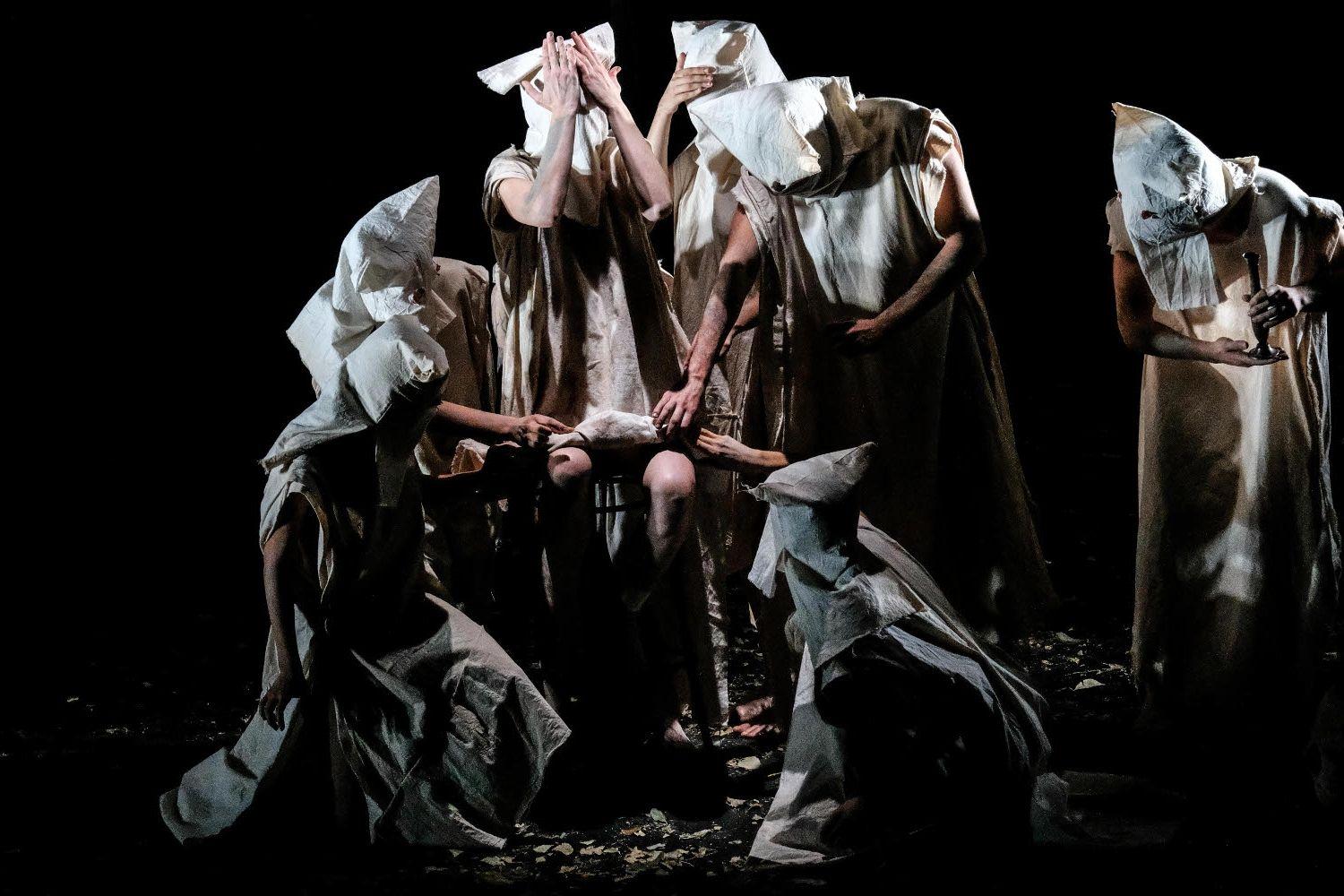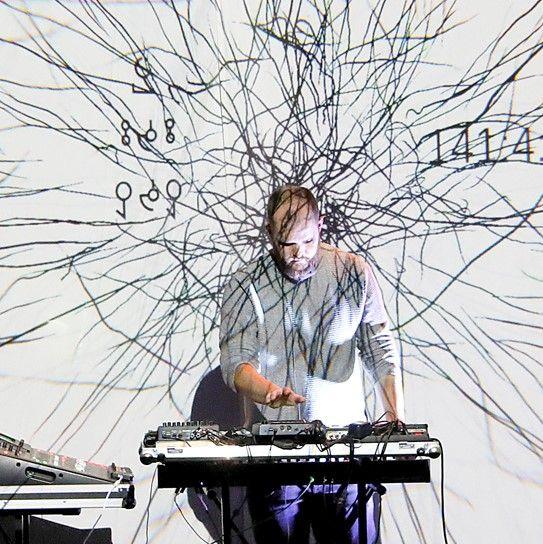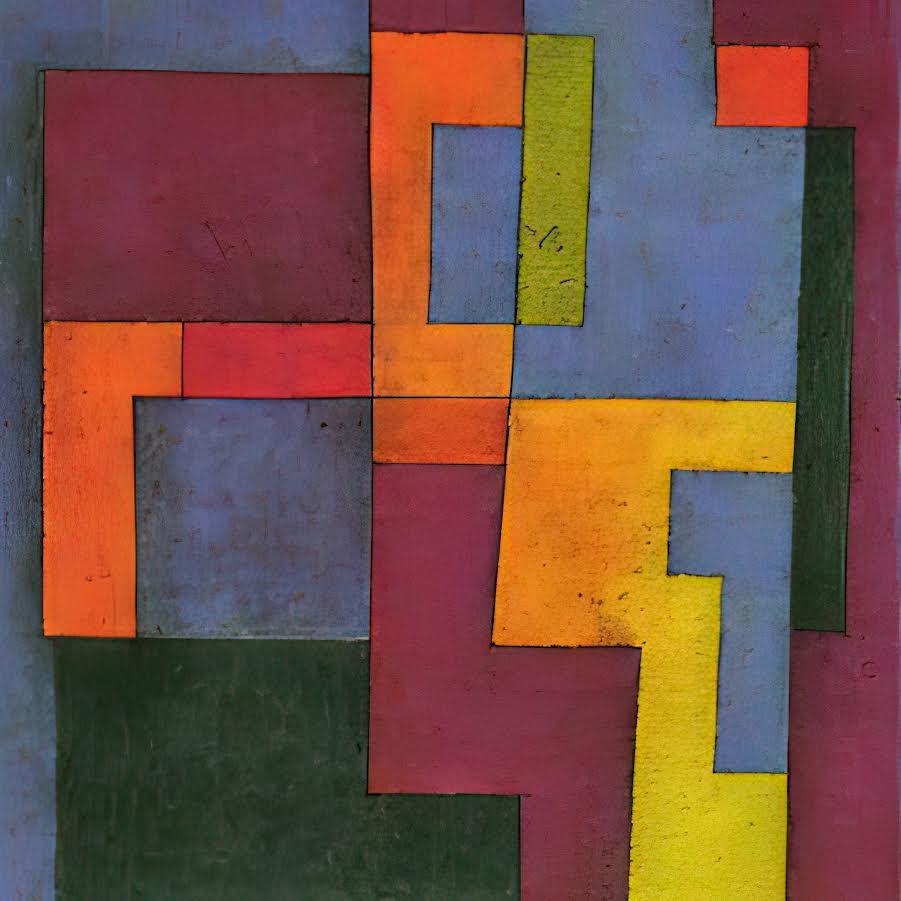New Opera Technologies
completedFellowship

SummaryWhat can projection and virtual reality technologies bring to the opera genre?
Introduction
Amy Stebbins and Hauke Berheide are a composer and a director/librettist collaborating on two projects. First, we are preparing a new opera for the Oper Frankfurt that will explore how digital communication technologies are altering our relationships to our selves and to the world around us. Second, we want to explore the possibility of adapting our opera about war and misinformation, MAUERSCHAU (Bavarian State Oper, 2016) into a virtual reality movie.
Goals and Research Questions
We want to explore what projection and virtual reality technologies bring to the opera genre. This general question can be broken down into smaller questions:
- How can we represent the splitting of a human subject with singers and projected images?
- How can specific projection technologies best be coordinated with live sound?
- How do we deal with musical sources when creating a virtual reality movie?
In addition, we want to question the “digital acoustic aesthetics” through its imitation by analog technology.
- What are the physical limitations in synthesized realities? Is there a way to make the “rest”-lessness (in the Adornian sense) of digital music clichés perceptible as a deficit?
- What analog translations does the environment of opera need in order to make these seemingly typically “digital” sounds physically comprehensible, graspable, concrete?
Space/Time needed
Oper Frankfurt: Bockenheimer Depot, 2 hours. Live show. Requires the infrastructure of a professional opera house.
MAUERSCHAU: Occulus Quest, 80 minutes (possibly in episode format?). VR film to be watched privately. Only requires a VR headset.





